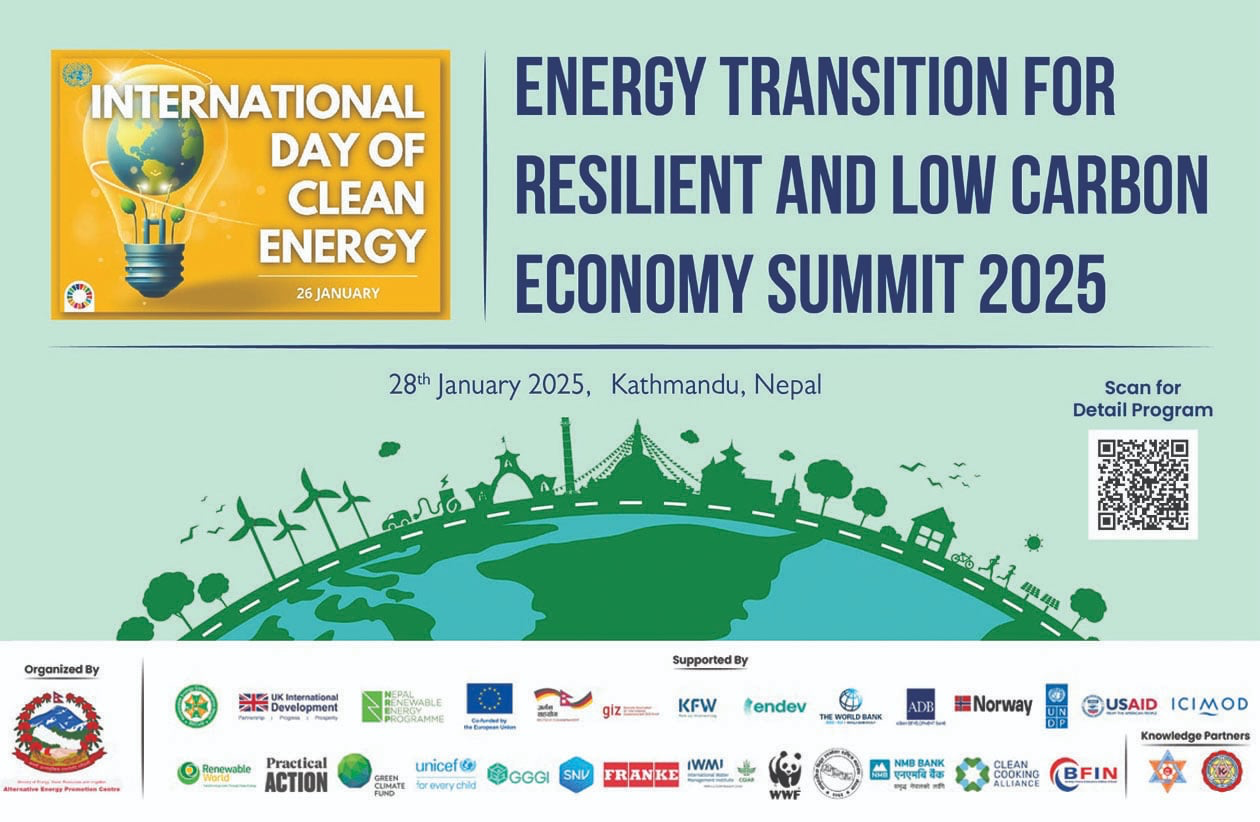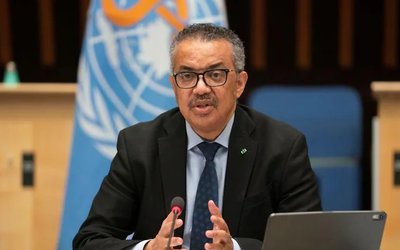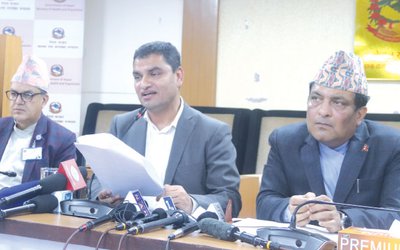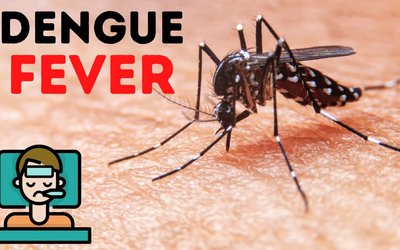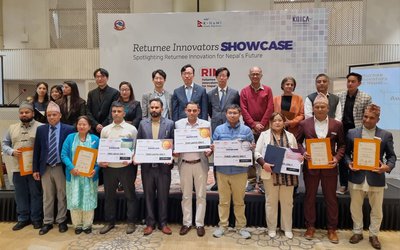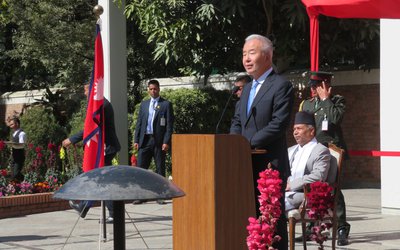
International Women’s Day is an opportunity to celebrate the courage, strength and capacity of ‘ordinary’ women to drive extraordinary change. "It is also an opportunity to recommit to our common goal: gender equality and the empowerment of women. Though achieving this outcome requires a whole-of-society approach, the health sector has a crucial role to play. Health authorities across the WHO South-East Asia Region must recognize and embrace it.
The recent progress demonstrates the impact health sector initiatives can have on women’s well-being, a key dimension of their empowerment. Between 1990 and 2015, for example, the Region reduced maternal mortality by 69%. Between 2001 and 2015 contraceptive use increased from 46% to 60%. In the same period, the total fertility rate dropped from three to 2.4 children per woman. The human papilloma virus vaccine, so crucial to preventing cervical cancer, is meanwhile gaining traction as global calls to eliminate the disease grow.
There is, however, a long way to go: In the health sector and beyond, gender equality and women’s empowerment must be a core priority, both to fulfill the human rights of women and girls across the Region, as well as to leverage the society-wide benefits it guarantees.
As per the focus of this year’s International Women’s Day – ‘Think equal, build smart, innovate for change’ – a good place to start ‘thinking equal’ is to improve adolescent health. In doing so, young women will not only be healthier; they will also be empowered to choose their own destiny. Increasing access to family planning services more generally will reduce the number of women treated for abortion-related complications and will also reduce unwanted pregnancies that can affect women’s health and limit their life-choices.
Health authorities should likewise ‘build smart’ in their approaches to universal health coverage. Whether for reasons of gender inequality, poverty, ethnicity, education or other factors, many women continue to face barriers to access, even as the coverage and quality of health services increases. These barriers must be addressed as a matter of priority. Importantly, when both women and men can access the services they need, as they need them, the burden of unpaid care in families (which typically falls on women and girls) is reduced and gender equality advanced.
She said that to ‘innovate for change’, creative approaches to grassroots engagement and the use of new technology can be channeled. That could mean working with women’s groups to find ways to address gender-based violence or helping change norms around early marriage. It could also mean reducing the digital gender divide and rolling out Health technologies to enhance women’s and girls’ health literacy and encourage timely health-seeking.
On International Women’s Day, as every other day, WHO is committed to achieving gender equality, to eliminating all forms of discrimination against women and ensuring that women’s right to health is respected, protected and fulfilled. To this end, sustaining the Region’s achievements, accelerating progress and harnessing the full power of innovation are imperative. Only then will women’s health and the empowerment it promotes be advanced. And only then will the Region be poised to achieve gender equality – an outcome that will benefit all," said Dr. Singh in her message.

Dr. Poonam Khetrapal Singh
Singh is WHO Regional Director for South-East Asia
- World Hepatitis Day 2020
- Jul 31, 2020
- Achieve Gender Equality In This generation
- Mar 07, 2020
- Develop And Implement Strategies To Prevent Suicide And Promote Mental Health
- Oct 09, 2019
- Accelerate Health Equity For Older People And Advance Universal Health Coverage
- Sep 30, 2019
- Accelerate Actions To Slash Tobacco Use And Advance Health Across The WHO South-East Asia Region
- May 30, 2019
